Hair Drug Testing
Hair drug tests have the longest detection period and can typically detect drug use for up to 6 months. Depending on the drugs used,
a hair sample can sometimes help determine when drug use occurred and whether it has been discontinued.
For the analysis to effectively determine drug use, a sample of hair 5mm in thickness must be taken directly from the person’s head. Should an individual’s hair be completely unsuitable for testing, we can still use body hair or fingernails for an accurate result.
The collection of hair specimens in our office in Singapore will be shipped to our laboratory in Australia. The laboratory has been accredited by the Royal College of Pathologists of Australasia (RCPA) and the National Association of Testing Authorities (NATA) in Australia.
What you need to know about hair drug testing:
Detection window
Detect drug use for up to 6 months, depending on the length of hair — 1cm of hair can show drug use within the last 1 month.
Substances tested for:
-
(BZO) Benzodiazepines
-
(THC) Tetrahydrocannabinol
-
(COC) Cocaine
-
(OPI) Opiates
-
(AMP) Amphetamines
-
(PCP) Phencyclidine
Collection method:
A hair sample of around 5-millimetre thickness is taken from the head or body of the donor and deposited in a sealed, tamper-proof envelope. This is sent to our laboratory in Australia for testing.
Advantages:
-
Long detection period
-
Relatively noninvasive collection process
-
Briefly abstaining from drugs typically won’t affect results
-
Very difficult to cheat — results are more accurate
Disadvantages:
-
More expensive than other test methods.
-
Can detect long-term drug use but can’t detect recent substance use of fewer than 7 days
-
Longer processing time
Segmental Hair Analysis (optional):
The hair is divided into segments representing specific time frames, allowing for a detailed analysis of substance exposure over those periods. By analyzing specific segments, it’s possible to map substance exposure over a specific period, typically months.
Hair Alcohol Testing
It is important to have a reliable and accurate test to promote safety and well-being in both personal and professional environments. We provide the Hair Alcohol Drug Testing Service, targeting the detection of Ethyl Glucuronide (EtG).
What is EtG?
Ethyl Glucuronide (EtG) is a metabolite of ethanol. It is a standout biomarker for alcohol consumption because it can be detected long after the ethanol has been cleared from the body, providing a longer detection window and making it an excellent indicator of alcohol intake.
The hair specimens are always collected in person by our trained technicians in order to maintain proper Chain of Custody, and shipped to our laboratory in Australia. The laboratory has been NATA accredited to ISO/IEC 17025 to deliver services that meet quality standards.
What you need to know about hair alcohol testing:
Detection window
Hair specimens can provide an extended detection window – up to 90 days for substance use, uncovering patterns of behavior over months, offering a more comprehensive overview of an individual’s alcohol use.
Substances tested for:
Ethyl Glucuronide (EtG) – a metabolite of ethanol and a standout biomarker for alcohol
Collection method:
A hair sample of around 5-millimetre thickness is taken from the head or body of the donor and deposited in a sealed, tamper-proof envelope. This is sent to our laboratory in Australia for testing.
Advantages:
-
Long detection period
-
Relatively noninvasive collection process.
-
Briefly abstaining from alcohol typically won’t affect results
-
Very difficult to cheat — results are more accurate
Disadvantages:
-
More expensive than other test methods
-
Can detect long-term alcohol use, but biomarkers may take some time (usually around a week) to appear
- Longer processing time
|
|
Want to work with us?For enquires |
